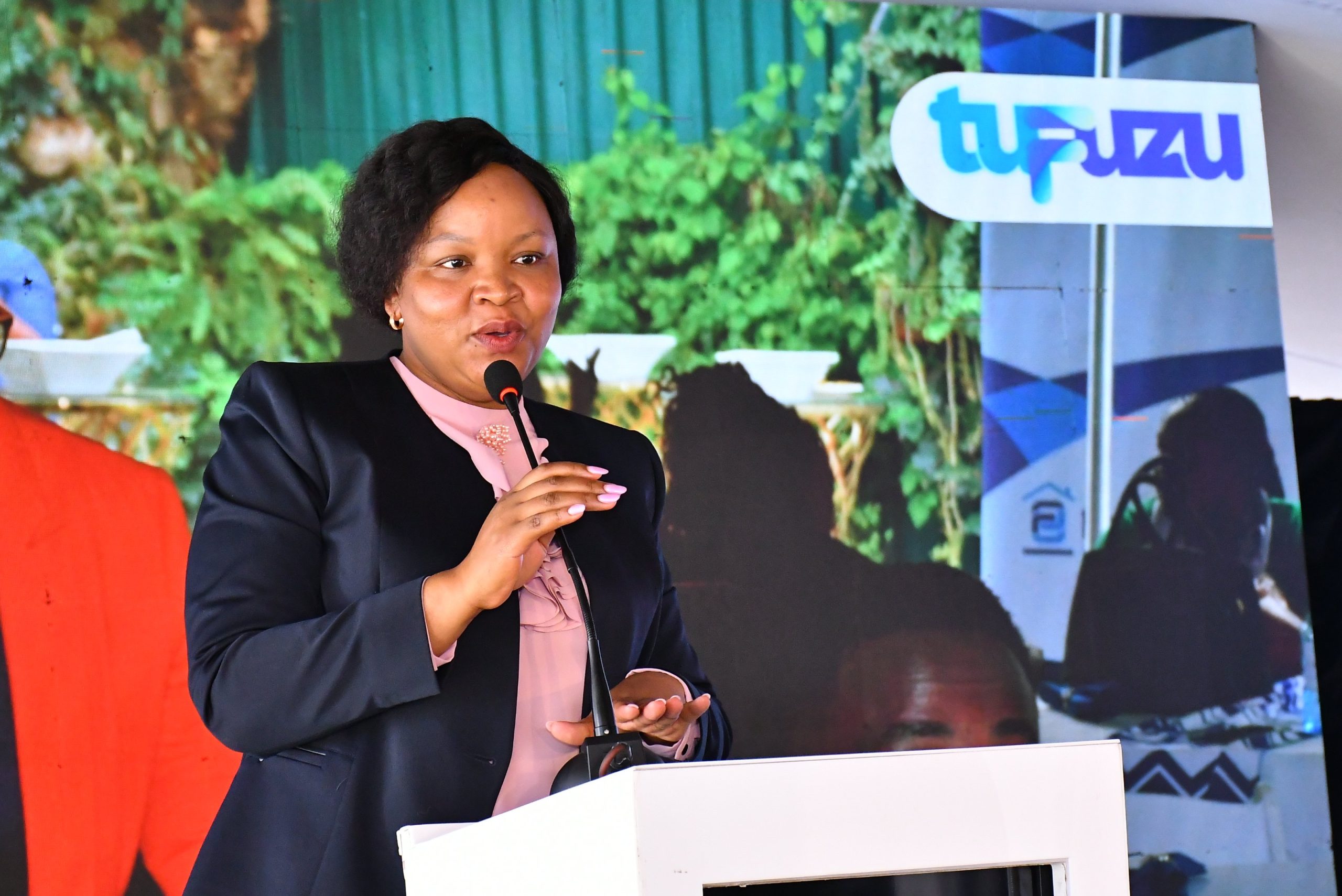Family Bank which posted a 13.3 percent jump in net profit to Kes2.5 billion in the year ended December 2023 kept interest rates low against rising cost of money that moderated defaults.
The lender said they took lower profits on interest rates by absorbing the high cost of money instead of passing it to customers to help them survive the tough economic environment.
Family Bank’s gross non-performing loans increased by only Kes1.6 billion in a year characterised by high inflation, high interest rates and a depreciating local currency with adverse effects on customers’ purchasing power.
Despite the lower rise in defaults, Family Bank took conservative provisioning setting aside Kes1.3 billion as insurance.
“The slower growth in the interest income was because the group chose not to pass the full cost of funding to the customers thereby cushioning them from the steep rise from interest rates which was witnessed in the year 2023,” Family Bank Chief Executive Officer and Managing Director Nancy Njau said.
High interest drives defaults
Banks have seen their cost of funds rise in line with the increase in interest rates, with the average deposit rate standing at 10.18 percent in January 2024 from a low of 7.47 percent in the same month last year
Banks have faced a tough year as costs of money rises faster against a fragile economy witnessing increasing defaults.
Default rates hovered around 15 percent last year forcing lenders to rethink increasing interest rates sharply.
Family Bank says they instead focused growth on growing lending and charging transactions. Family Bank’s net interest income rose 9.2 percent to Kes9.3 billion as the loan book expanded to Kes86.9 billion from Kes81.3 billion.
Dividend policy
The performance saw the company recommend the payment of a first and final dividend of Sh0.56 per share a 30 percent payout.
Dividends have become a key in-vestment consideration for investors when buying shares at the Nairobi Securities Exchange (NSE) in recent years due to limited capital gains on most stocks.
Large banks, alongside a few other blue chip companies like Safaricom, East African Breweries Pie (EABL) and BAT Kenya have been the most consistent distributors of profits to shareholders, which has helped them maintain investor appetite for their stocks.
Tier one banks' cumulative dividends remained flat at Kes63.06 billion in the year ended December 2023 despite the fact that lenders came under intense pressure on the back of non-performing loans.
Among top lenders only KCB, which reported an 8.3 per-cent drop in net profit to Sh37.46 billion in 2023, opted not to pay a dividend for the first time in 21 years in order to preserve capital.
Discover more from Oral East Africa
Subscribe to get the latest posts sent to your email.


